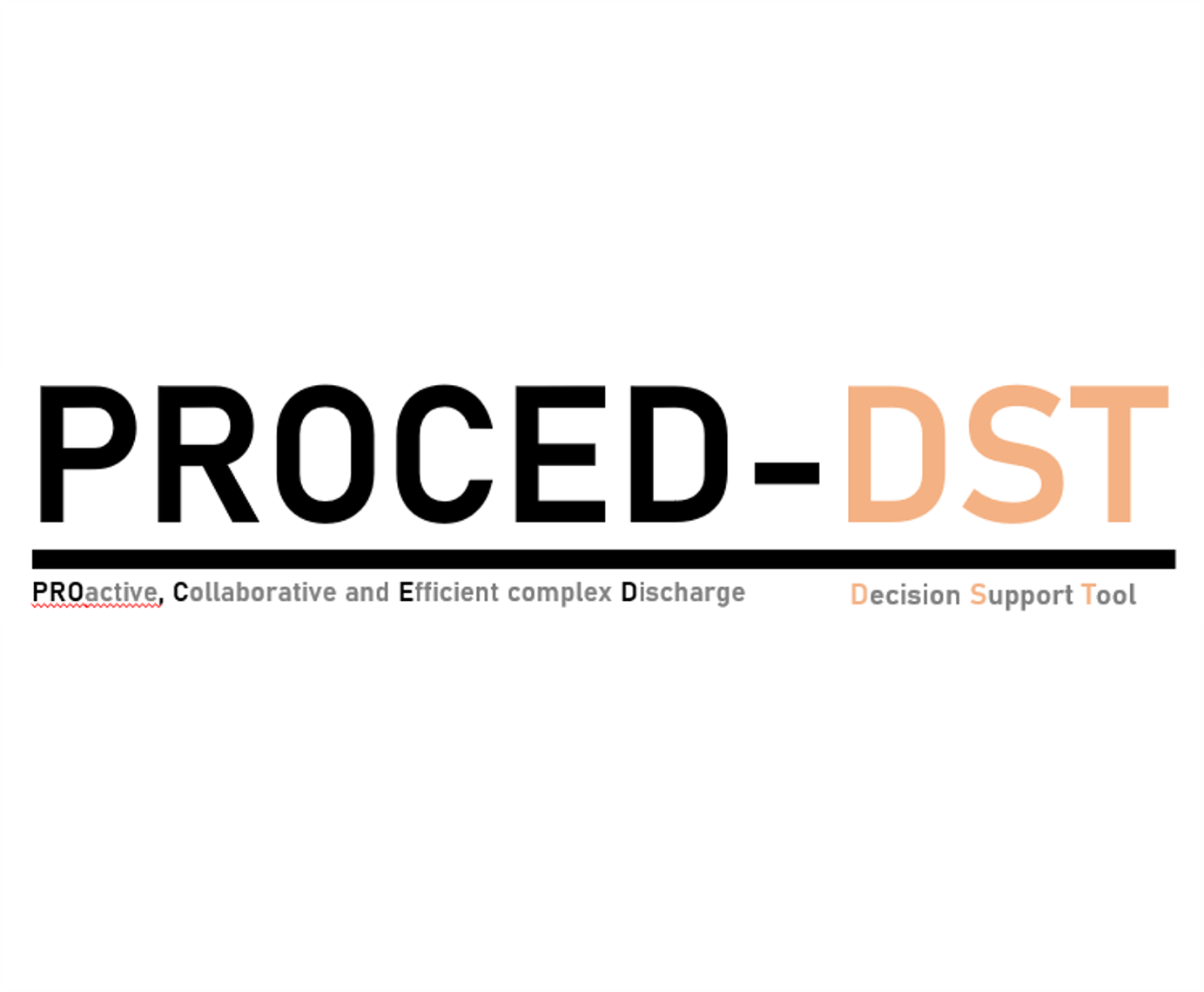PHILOSARIP

Predicting Hospital Length of Stay in Acute Respiratory Infections Patients
Health & Wellbeing Artificial IntelligenceProject Vision
Long LOS, defined by the 25% longest LOSs in the population without intervention, is associated with a higher likelihood of death by almost 50% [Lingsma, 2018] whilst simultaneously acting as a severe operational pressure in hospitals. It also enhances the risk of hospital-acquired infection [Hassan, 2010] which can further lengthen LOS by several weeks [Stewart, 2021] and increase risk of death, as well as risk of patient harms [Panagioti, 2019]. It has been demonstrated by COVID Oximetry @ Home that appropriate testing, virtual ward support, and remote monitoring in the community can significantly reduce the likelihood of long LOS [Boniface, 2022]. Therefore, to simultaneously reduce risk of adverse outcomes as well as operational pressures, it is possible that the usage of likelihood of long LOS, in addition to existing clinical criteria, to target ARI patients for interventions will have a dramatic effect on both medical and operational outcomes. Examples of such interventions in development at national level are the ARI hubs [NHSE, 2022] and the broader NHS @home programme.
Project Objectives
We aim to find ARI patients who are at higher risk of long LOS and find ways of predicting whether a patient will experience long LOS when they next have an acute respiratory infection. We will explore relationships between LOS and age, gender, ethnicity, diagnosed diseases, and staffing levels during their stay. We will also review whether a patient’s previous hospital stays and previous LOSs can predict future ones.
- Explore associations between LOS and age, gender, ethnicity, diagnosed diseases, and care-hours per day using statistical methods.
- Explore predictability of historical LOS on future possible LOS.
- Inform both local and DHSC/NHS policy makers about how we can identify those at risk of long LOS so that interventions for these patients, either within the ARI hubs/NHS @home framework or otherwise, can be developed and targeted.
IT Innovation's Role
IT Innovation co-leads the project with Hampshire Hospitals NHS Foundation Trust
Project Funding



